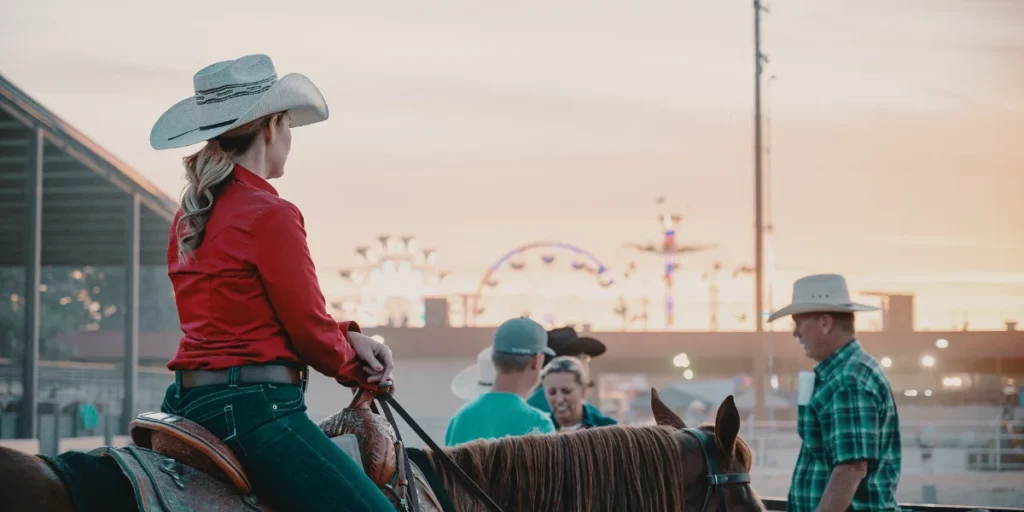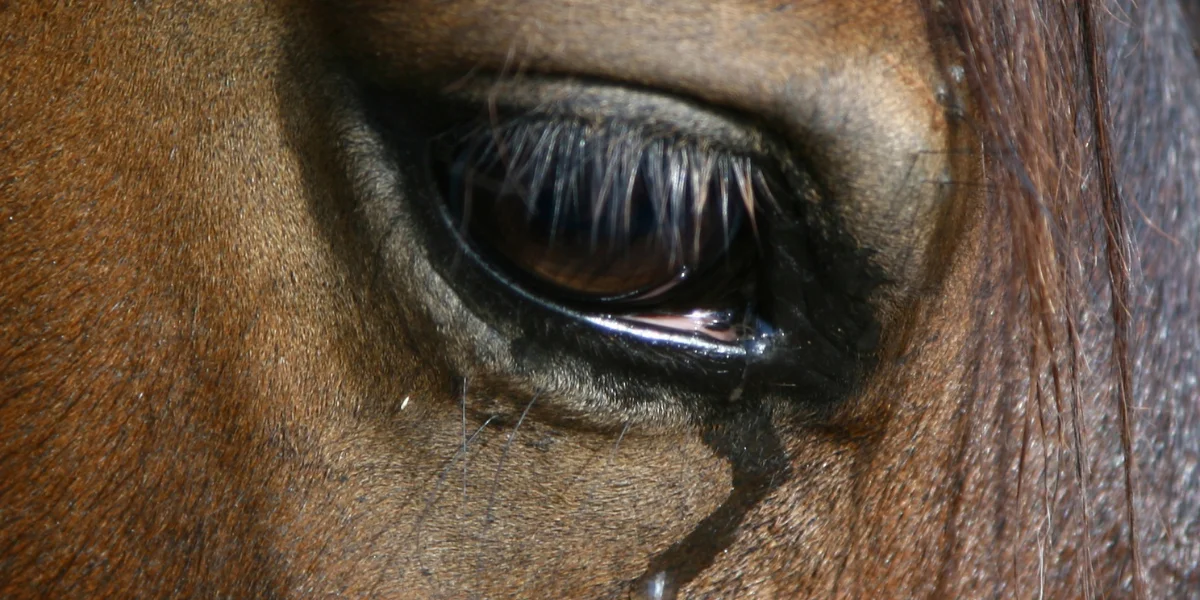
Have you ever worn shoes that rubbed your heels or pinched your toes and gave you blisters? You wouldn’t just keep walking in pain now would you? No, you would find a solution, whether it be adding a cushioned insole, heel protectors or buying a pair that doesn’t cause you discomfort.
Now, imagine your horse experiencing the same discomfort with an ill-fitting saddle. It might be rubbing, pinching, or creating painful pressure points, but unlike you, your horse can’t adjust it or tell you where it’s hurting. That’s why recognizing the early signs of poor saddle fitting is crucial.
Addressing saddle pressure points, pinching, and improper weight distribution early can prevent soreness, behavioral issues, and long-term damage. Learning to spot these subtle cues ensures your horse stays comfortable, happy, and performing at their best.
A properly fitting saddle is essential for your horse’s comfort and performance. If your horse is showing any of these warning signs, your saddle just might be the culprit. Identifying and addressing these issues early can prevent discomfort, injuries, and behavioral problems.
Sign #1: Swelling at the Withers
What You Notice: Small, raised swellings on either side of your horse’s withers that appear after riding and sometimes disappear before the next session. When pressed, the swelling may feel like soft dough. In severe cases, the area may be hot and painful, persisting even between rides.
What It Means: This swelling, known as edema, is caused by excess pressure from an ill-fitting saddle. If the saddle tree is too wide, it will sit too low and press on the withers. If it’s too narrow, it can pinch and create pressure points along the spine. Left uncorrected, this can lead to painful sores and even permanent white hair patches due to pigment loss.
Solution: Have a professional saddle fitter assess your saddle’s fit, or research saddle fitting techniques through reliable online resources. Ensure your tree size and gullet width are appropriate, and avoid overly thick pads, as they can increase pressure and require a tighter cinch.
Sign #2: Girth Galls (Armpit Pinch)
What You Notice: Hair loss, crusty skin, or painful, weepy sores in the cinch area, sometimes appearing after just one ride.
What It Means: A poorly positioned saddle can cause the cinch to slide forward, pinching sensitive skin near the elbows. Certain materials or hardware can also cause irritation, leading to girth galls.
Solution: If a sore develops, stop riding until it heals. Keep the area clean and apply a soothing ointment—your vet may recommend one with a mild steroid to reduce inflammation. Check your saddle’s placement and consider switching to a curved cinch to minimize pressure. If your horse is sensitive to neoprene, try leather or sheepskin-lined cinches for added comfort. See Cinches blog for more advice.
Sign #3: Dead Back
What You Notice: A flattened, unresponsive area under the saddle, often where you sit. It may even be visible when you look at your horse’s back.
What It Means: Prolonged pressure reduces blood flow to tissues, leading to muscle damage. This can happen with an ill-fitting saddle but also occurs if the saddle is overly tight or not distributing weight evenly.
Solution: Verify saddle fit and consider using a pressure-distributing pad to reduce localized strain. Avoid stacking multiple pads, as extra layers can worsen the problem by increasing pressure. See Saddle Pads blog for more advice.
Sign #4: Hair Loss & Bald Spots
What You Notice: Patches of broken or missing hair under the saddle.
What It Means: Friction from the saddle moving excessively during rides is damaging your horse’s coat. This can happen when a saddle is too loose, doesn’t conform to your horse’s back, or contains rough spots.
Solution: Find a saddle pad that helps secure the saddle in place. Inspect your tack for rough edges or loose stitching that could be rubbing. If your saddle fit is correct, using a sheepskin pad can reduce friction and protect your horse’s skin.
Sign #5: Hard Nodules on the Back
What You Notice: Small, hard lumps under the saddle, especially along the spine and withers. They may appear more on one side if you sit unevenly.
What It Means: These nodules form due to prolonged pressure and friction, leading to deep tissue damage and scarring.
Solution: Address saddle fit and consider a pressure-relief pad with sheepskin lining to provide cushioning. If nodules are large, a custom-cut pad that eliminates direct pressure can help prevent worsening.
Sign #6: Sensitive or Painful Back
What You Notice: Your horse flinches, pins his ears, or reacts negatively when you touch his back or place the saddle.
What It Means: Chronic saddle pressure or an underlying back issue like kissing spines may be causing pain.
Solution: Have your vet examine your horse’s back and recommend treatment, which may include radiographs, muscle relaxants, or acupuncture. Check saddle fit and explore massage therapy, bodywork, or stretching exercises like belly lifts and carrot stretches to strengthen back muscles.
Sign #7: Resistance to Moving Forward
What You Notice: Your horse hesitates, pins his ears, or refuses to move when you ask. If pushed, he may rear or buck in frustration.
What It Means: Sudden behavior issues often indicate saddle pain. Ignoring these signs can lead to worsening behavioral problems over time.
Solution: Have your vet evaluate your horse for pain, and work with a saddle fitter to ensure proper equipment. If resistance has become a learned behavior, a qualified trainer can help retrain your horse while considering his comfort.
Final Thoughts
If your horse is showing any of these warning signs, please don’t ignore them! Proper saddle fit is essential for your horse’s comfort and long-term health. Regularly assess your tack, consult a professional when in doubt, and prioritize your horse’s well-being for the best riding experience.
By ensuring the right saddle fit and using quality tack, you’ll keep your horse happy, comfortable, and performing at their best.
We’d love to hear from you! Have you experienced saddle fit issues with your horse? What solutions worked best for you? Drop a comment below and share your insights with our community.
Affiliate Disclosure – And last but not least, when you click on links and make a purchase through our site, you’re helping support our work at no extra cost to you! This allows us to keep bringing you the best products and helpful insights. It’s a win-win—improving your equestrian game while supporting our blog. Thanks for being part of the RideInStyleSaddles community!

